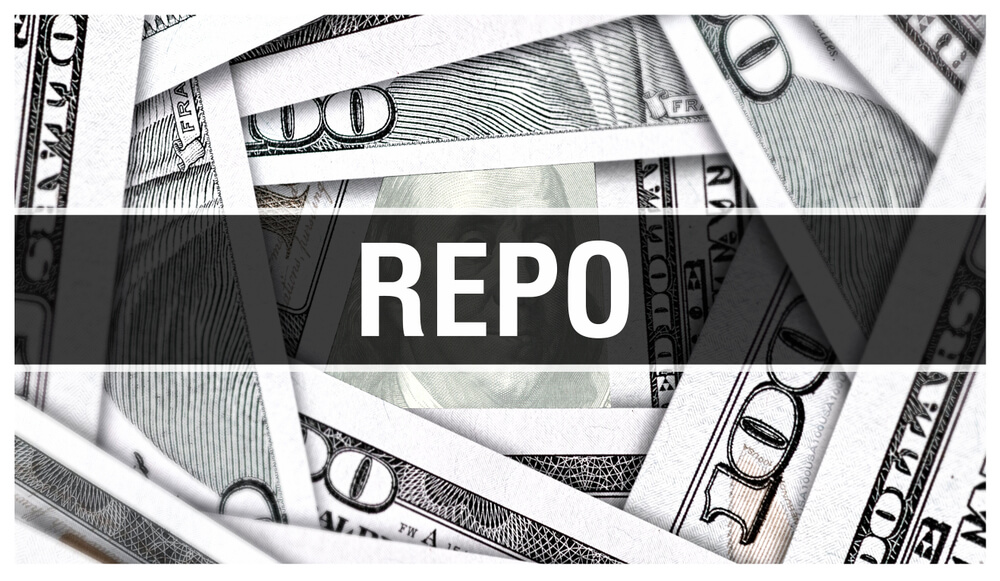A peculiar thing is happening in financial markets this week: an oft-overlooked corner of Wall Street where banks and others go for billions of dollars in short-term loans is suddenly in need of cash.
To that end, the Federal Reserve has stepped in to inject about $200 billion over the past three days, with plans for another $75 billion on Friday.
The Fed took action after interest rates on these short-term loans spiked in a sign that banks and other borrowers were running short of cash. While there was similar turbulence in the so-called repo market in the period leading up to the financial crisis, economists say there’s no need to worry this time, the financial system isn’t about to seize up like it did in 2008.
But this marks the Fed’s first major operation in the repo market since the crisis and it has stirred speculation about underlying causes.
Among the possible causes being suggested by analysts are rising borrowing needs of the federal government and corporations making good on quarterly tax payments.
Some economists even suggested that the weekend attack on oil production facilities in Saudi Arabia could have played a role in increasing demand for cash by foreign banks with exposures to the Middle East.
“I think this was a shock coming from outside of the U.S. banking system,” said Brian Bethune, an economist at Tufts University in Boston.
The repo market describes billions of dollars of daily operations in which one party lends out cash in exchange for a roughly equivalent value of securities, usually Treasury notes. This market allows companies that own lots of securities to gain cash when they need it at cheap rates.
The borrower of the cash agrees to repurchase the securities it has loaned as collateral at a later date, often as soon as the next day.
Analysts say U.S. banks are much better capitalized now and also have greater amount of liquidity that should not leave them vulnerable to the same shocks seen in 2008.
Deborah Cunningham, chief investment officer of global liquidity markets at Federated Investors, said that this week’s tumult in the repo market was due to technical factors, not to worries about defaults or the strength of the economy. Because of that, she said it should have little impact on regular households.
“You won’t personally notice this, even though it’s been a headline item for the better part of a week,” she said. “You should not be worried that loan rates are going higher.”
The Federal Reserve on Wednesday announced that it was cutting its key policy rate for the second time this year, reducing its target for the federal funds rate by another quarter-point to a new range of 1.75% to 2%.
The funds rate, which is the amount that banks charge each other for overnight loans, is the main way the central bank manages short-term interest rates and it can be influenced by moves in the repo rate.
But Federal Reserve Chairman Jerome Powell said the Fed has the tools to smooth out any sharp movements in the repo market.
“We don’t see this as having implication for the broader economy or the economic outlook, nor for our ability to control rates,” Powell told reporters at a news conference Wednesday following the Fed’s rate announcement.
“If we experience another episode of pressures in money markets, we have the tools to address those pressures,” Powell said. “We will not hesitate to use them.”
© The Associated Press. All rights reserved.
